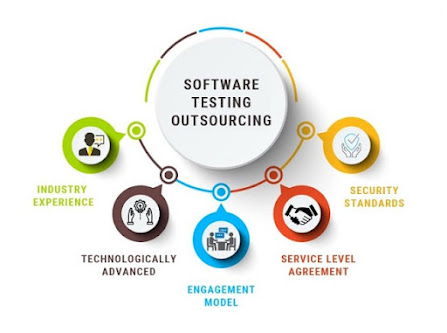Agile Methodology: A Paradigm for Efficient Software Development-V2Soft
In the world of software development, where rapid changes
and evolving customer requirements are the norms, traditional waterfall
methodologies often fall short. Enter Agile methodology – a flexible and
iterative approach to software development that empowers teams to deliver
high-quality products efficiently. In this blog, we will explore the characteristics
of Agile methodology, and its features in software development, and take a
closer look at V2Soft, a prominent player
in the Agile software development space.
Characteristics
of Agile Methodology:
Iterative
and Incremental Development:
Agile methodology emphasizes breaking down the development
process into small iterations or sprints. Each iteration involves planning,
development, testing, and review, resulting in a working increment of the
product. This iterative approach allows for quick feedback, continuous
improvement, and adaptability.
Customer
Collaboration:
Agile methodologies prioritize customer satisfaction by
involving them throughout the development process. Frequent interactions with
customers enable teams to understand their changing needs, receive feedback on
the product, and make necessary adjustments. Collaboration ensures the end
product meets customer expectations.
Adaptive
and Flexible:
Agile is highly adaptable to changes and promotes
flexibility in software development. Unlike rigid waterfall models, Agile
embraces changes even in the late stages of development. Agile teams are
prepared to adjust requirements, reprioritize tasks, and pivot when necessary,
enabling quick responses to market demands.
Self-Organizing
and Cross-Functional Teams:
Agile methodologies promote self-organizing teams that are
empowered to make decisions and take ownership of their work. These teams are
cross-functional, comprising individuals with diverse skills, such as
developers, testers, and designers. Collaboration among team members maximizes
efficiency and enhances problem-solving abilities.
Features
of Agile Software Development:
Continuous
Integration:
Agile methodologies emphasize continuous integration, where
developers regularly integrate their code into a shared repository. Frequent
integration reduces integration issues and enables faster feedback, allowing
teams to identify and address problems early on.
Test-Driven
Development (TDD):
Test-driven development is a core aspect of Agile software
development. Developers write tests before writing the code, ensuring that the
code meets the desired functionality. TDD helps in maintaining high code
quality, improves test coverage, and promotes the creation of reliable
software.
User
Stories and Backlog:
Agile teams use user stories to capture customer
requirements and define the desired functionality of the software. These user
stories are organized into a backlog, which serves as a prioritized list of
tasks. The backlog is continuously updated and refined to reflect changing
customer needs.
Regular
Reviews and Retrospectives:
Agile methodologies encourage regular reviews and
retrospectives to evaluate progress and identify areas for improvement. Reviews
involve showcasing the working increment of the product to stakeholders for
feedback and validation. Retrospectives enable the team to reflect on their
processes and make adjustments for enhanced productivity.



Comments
Post a Comment